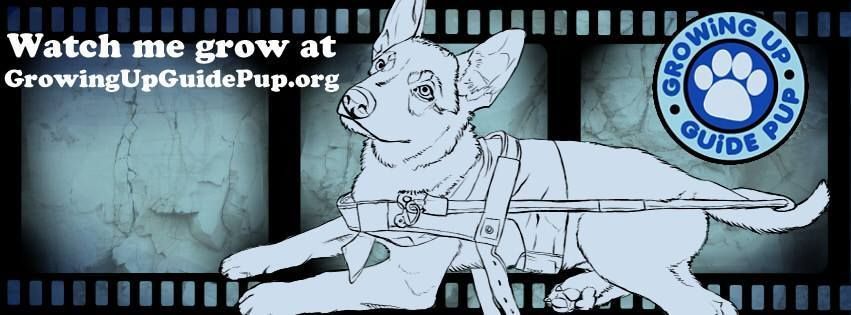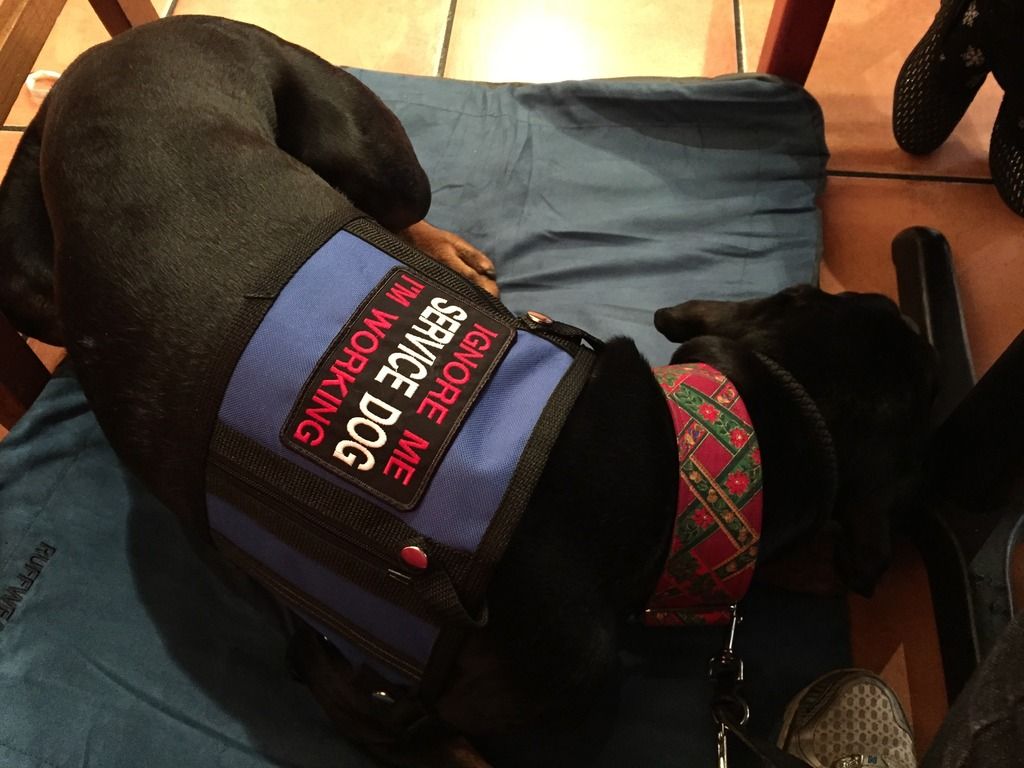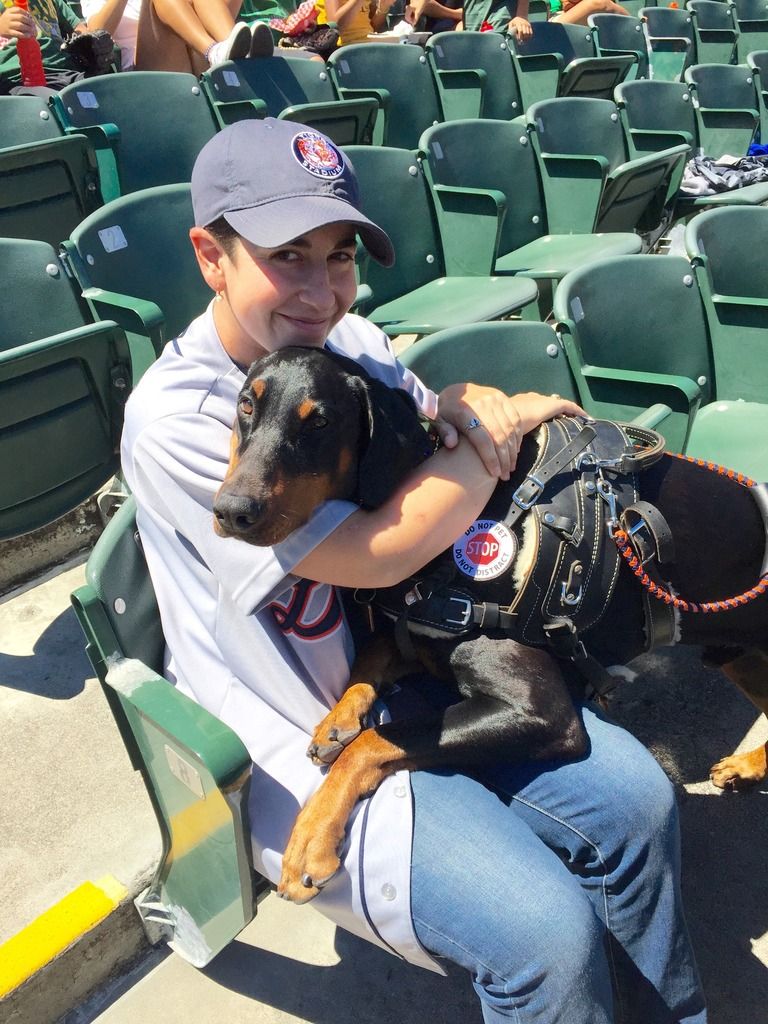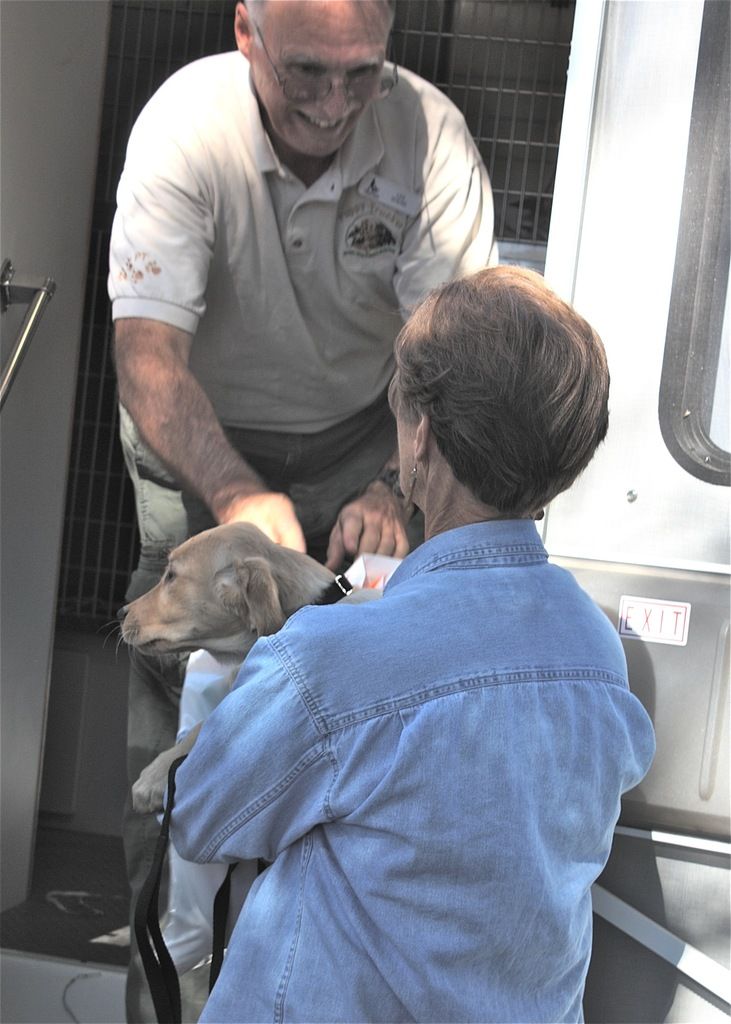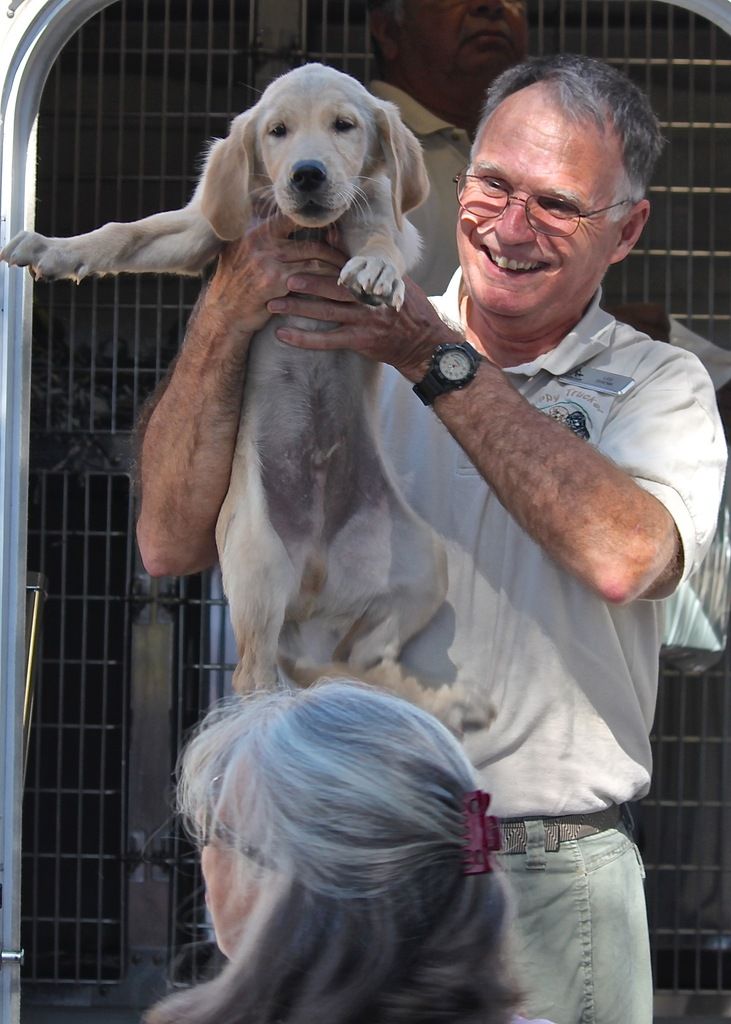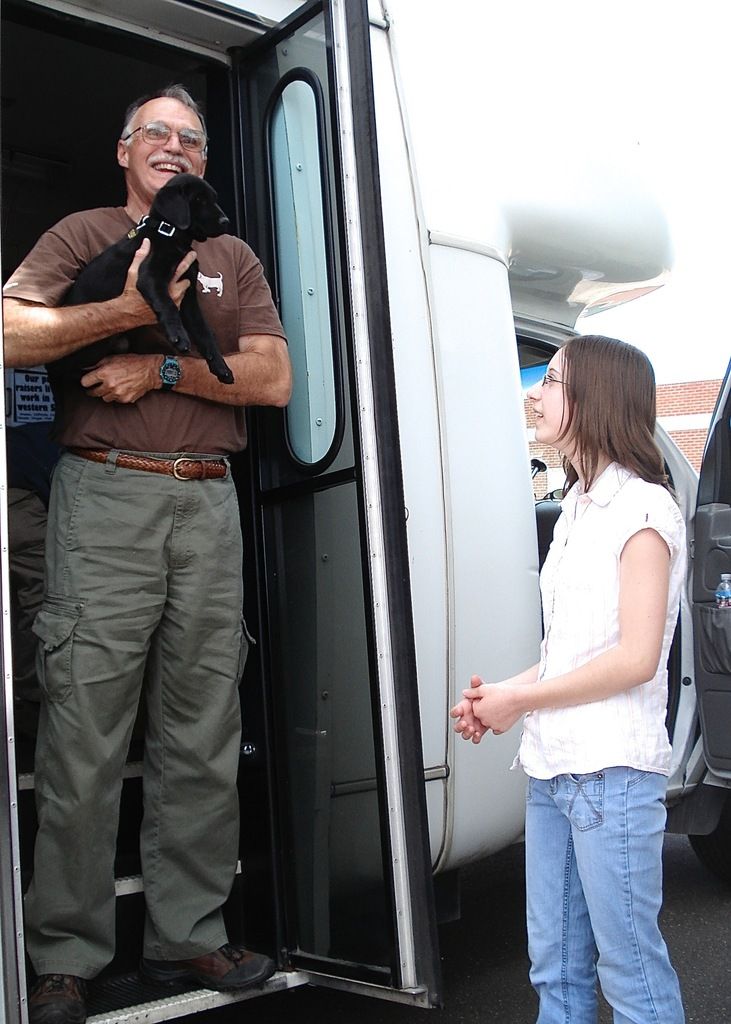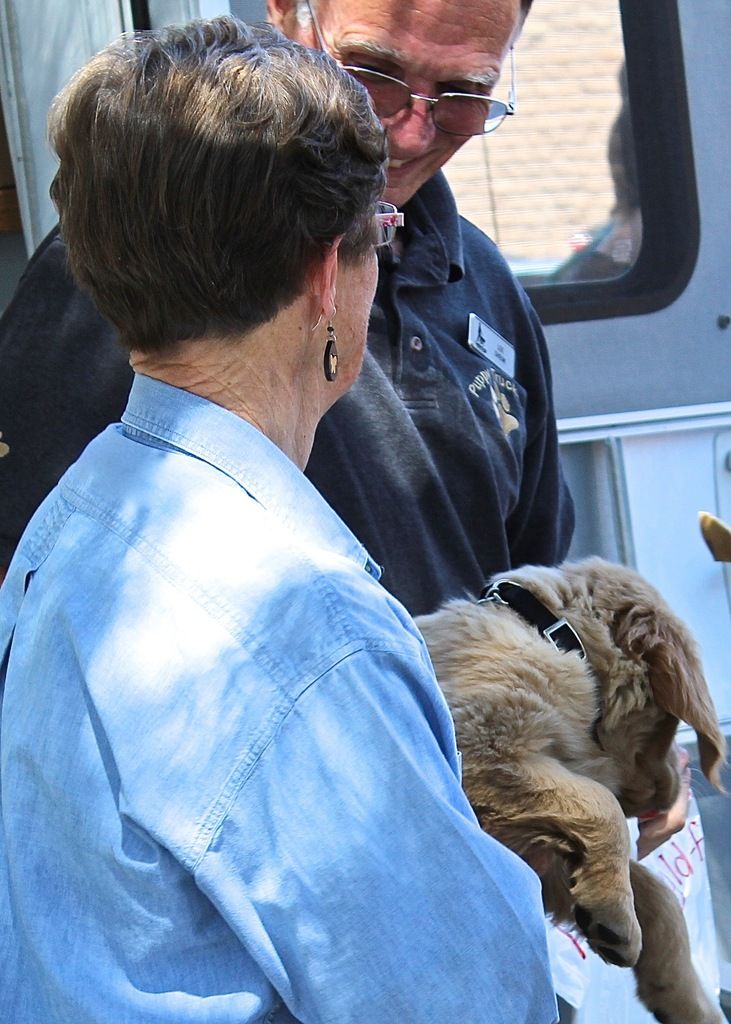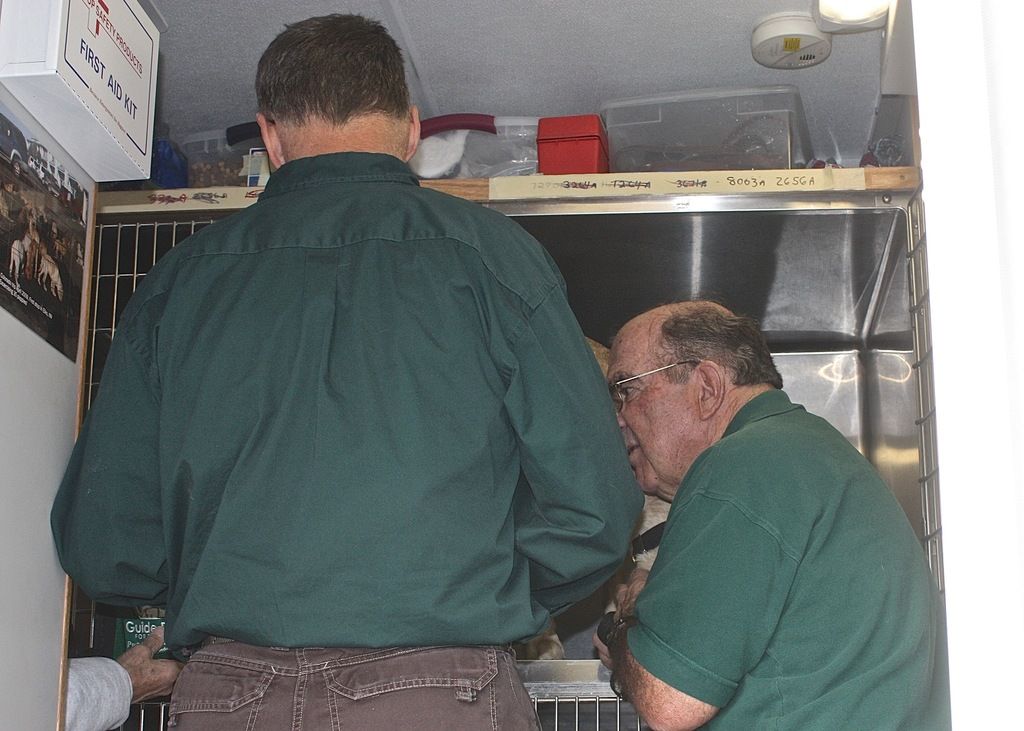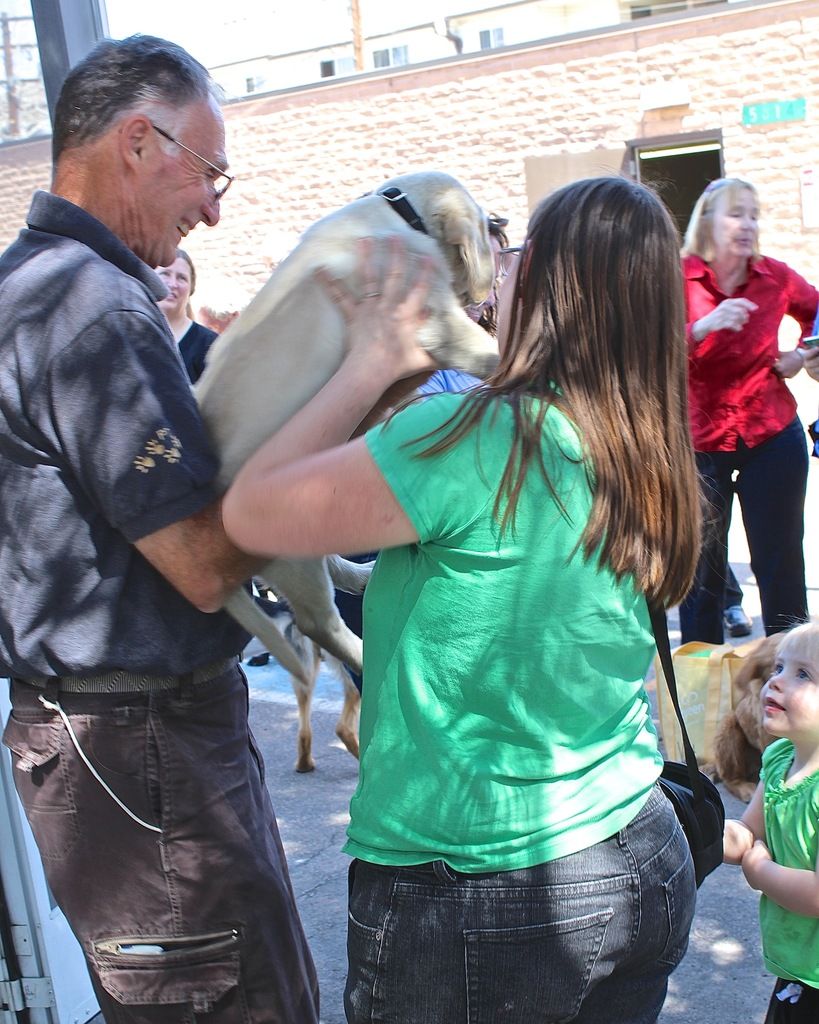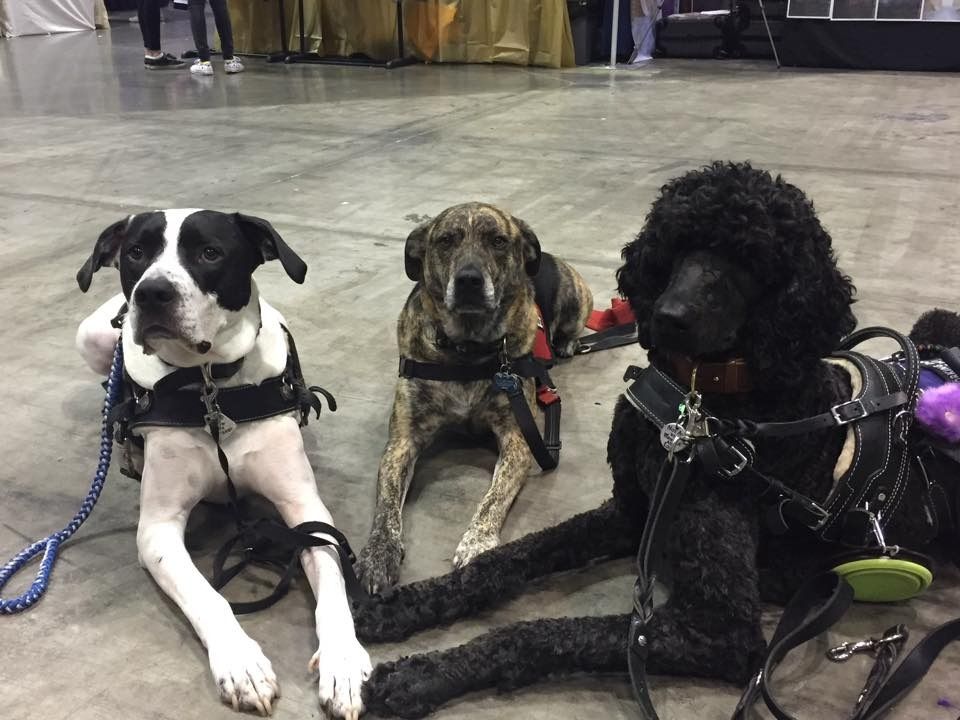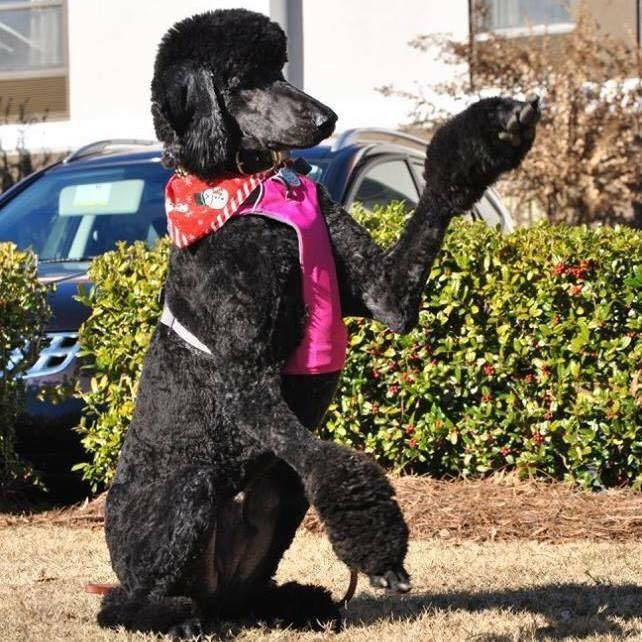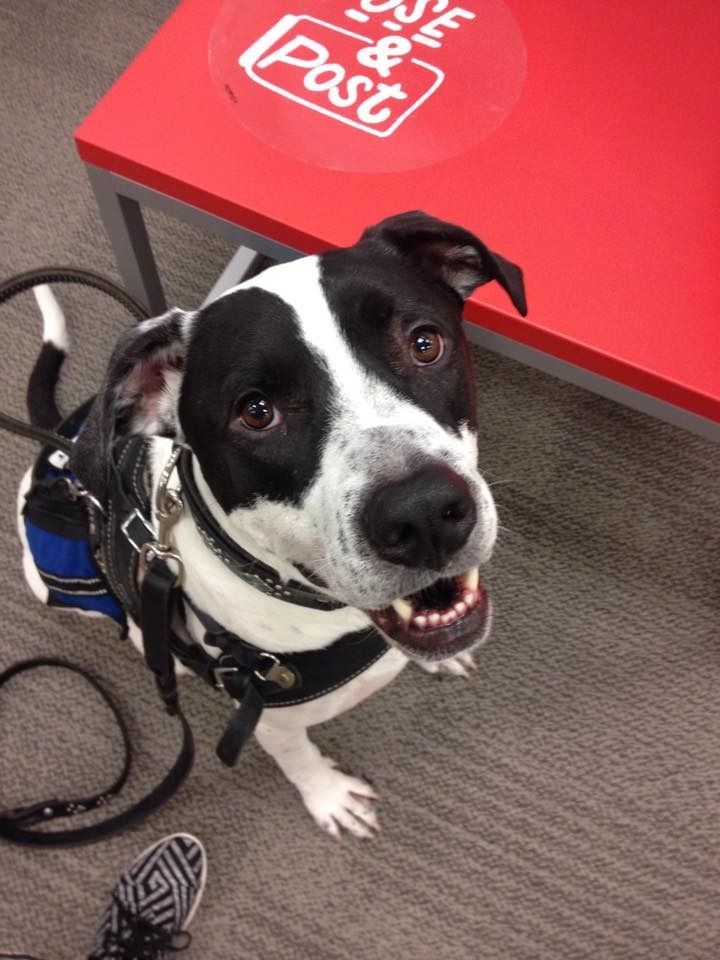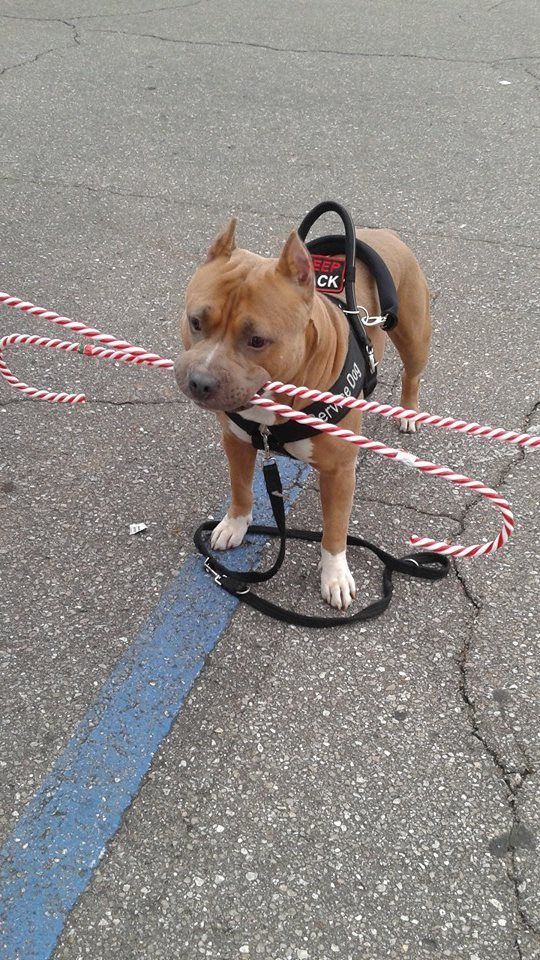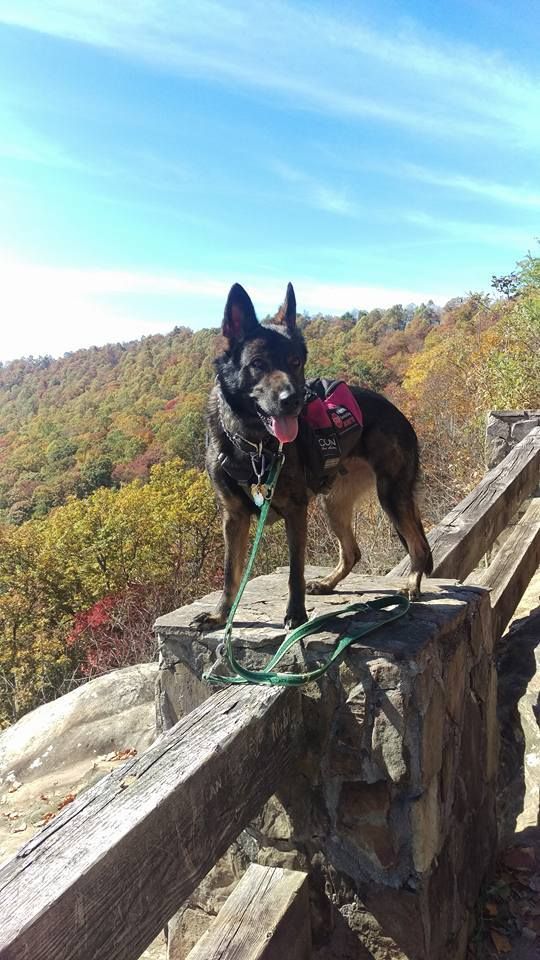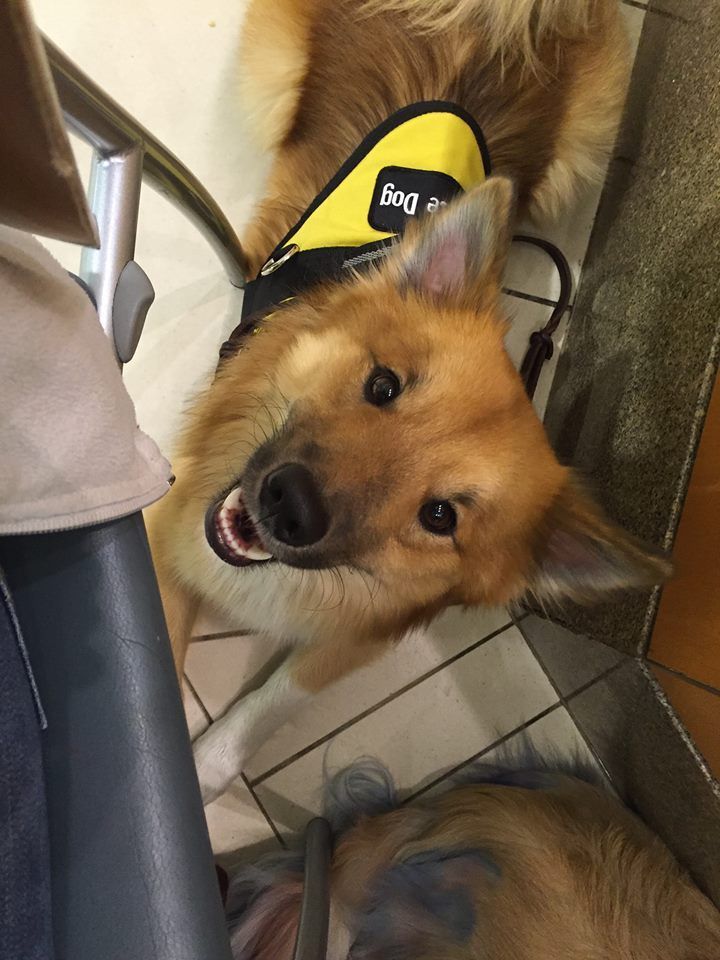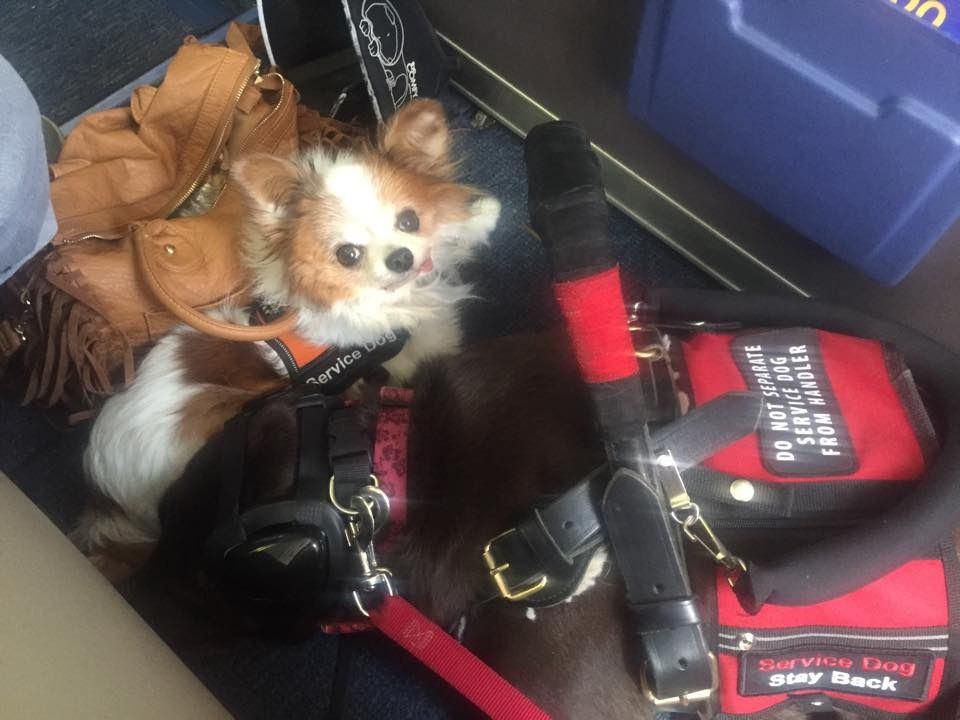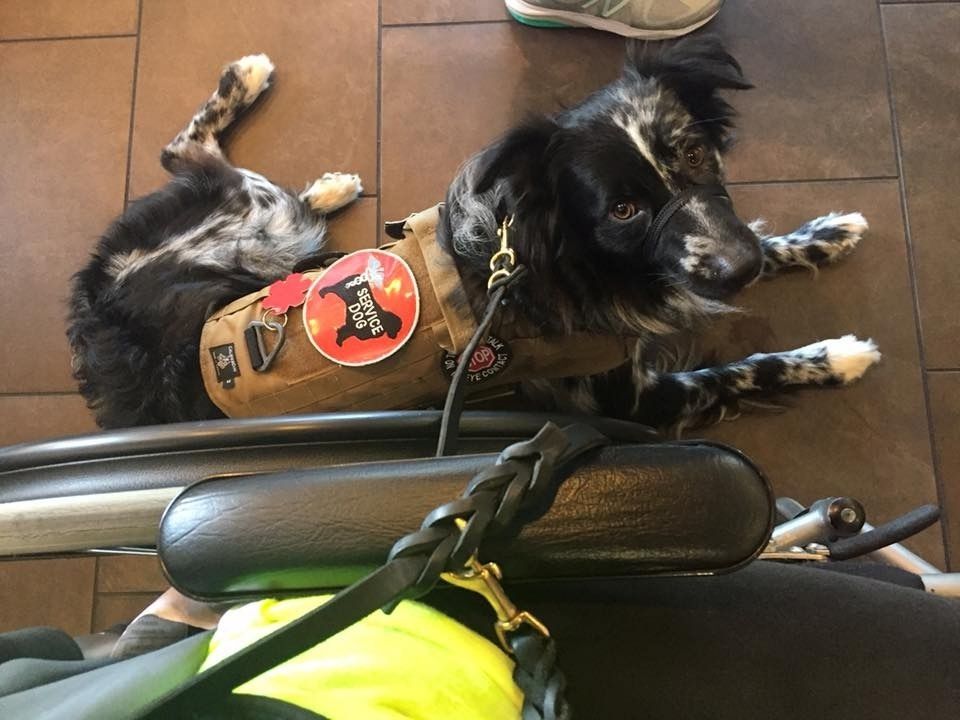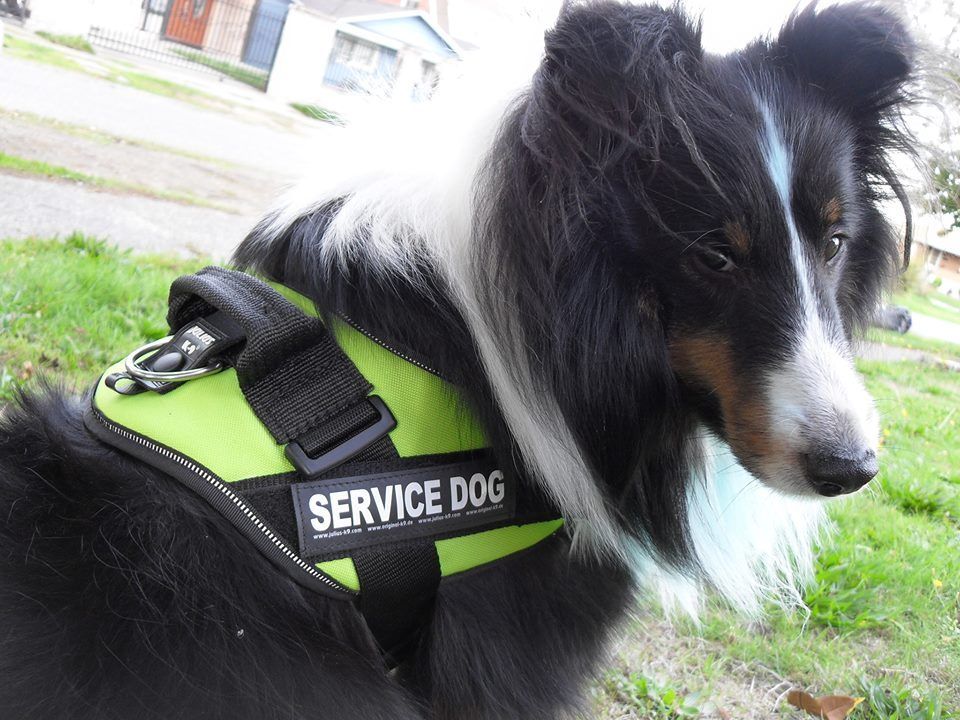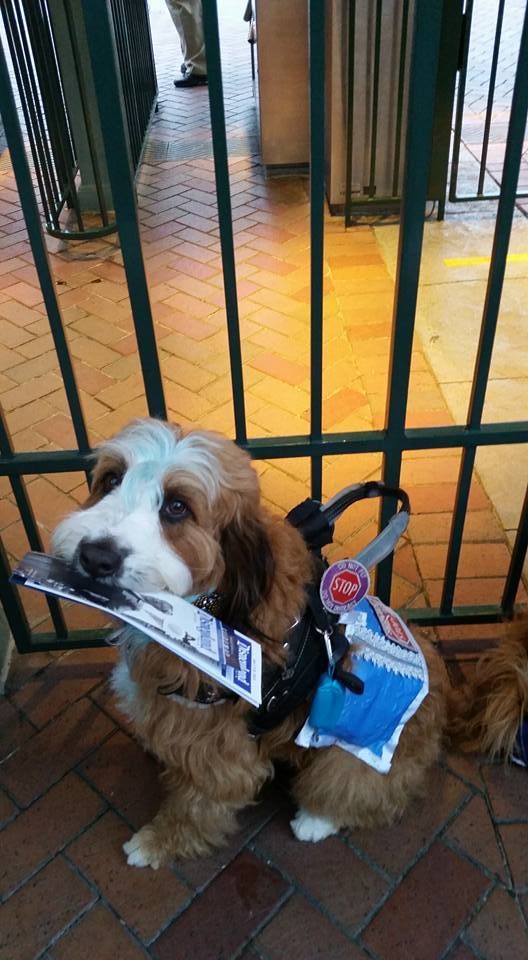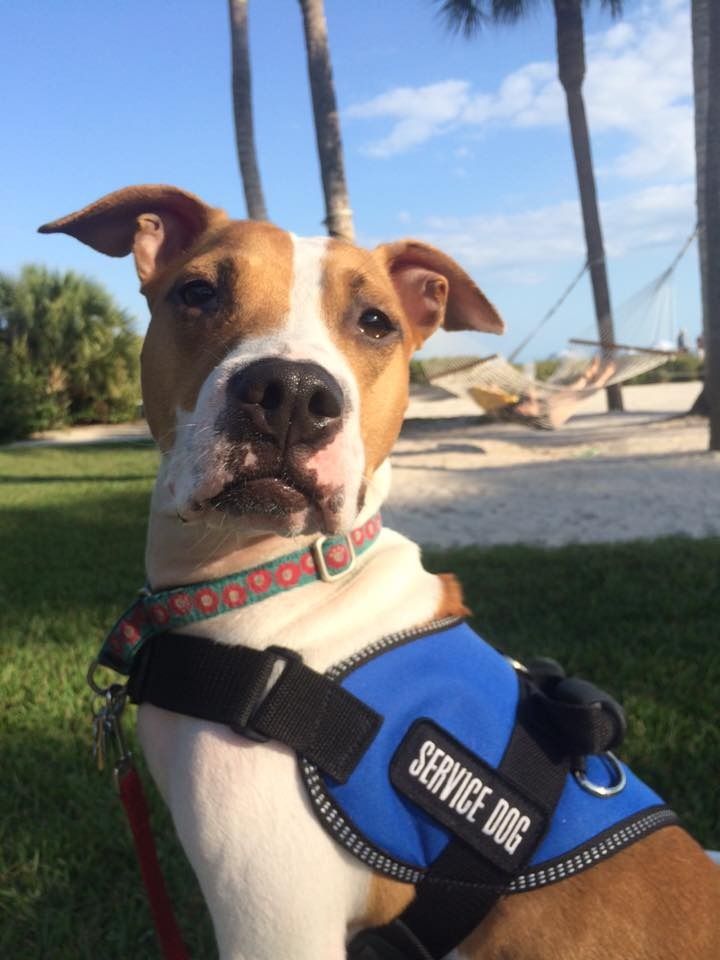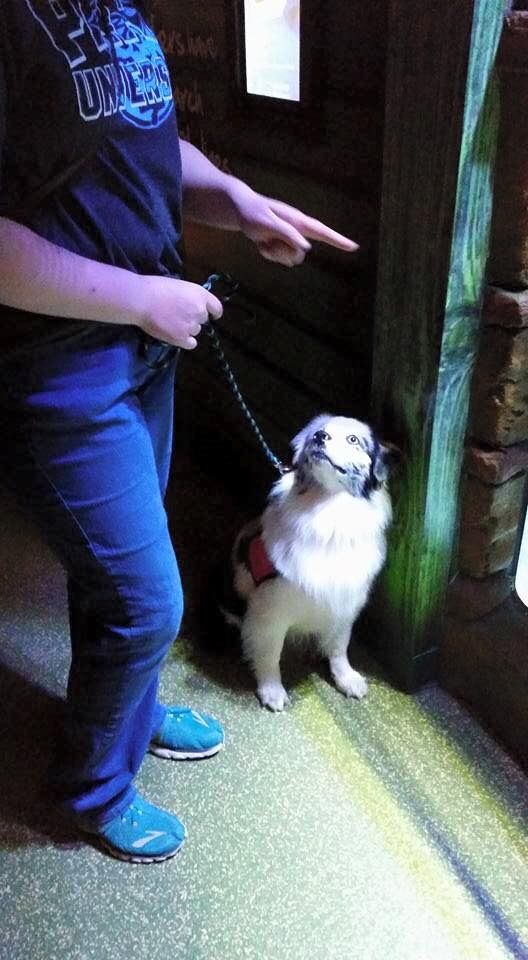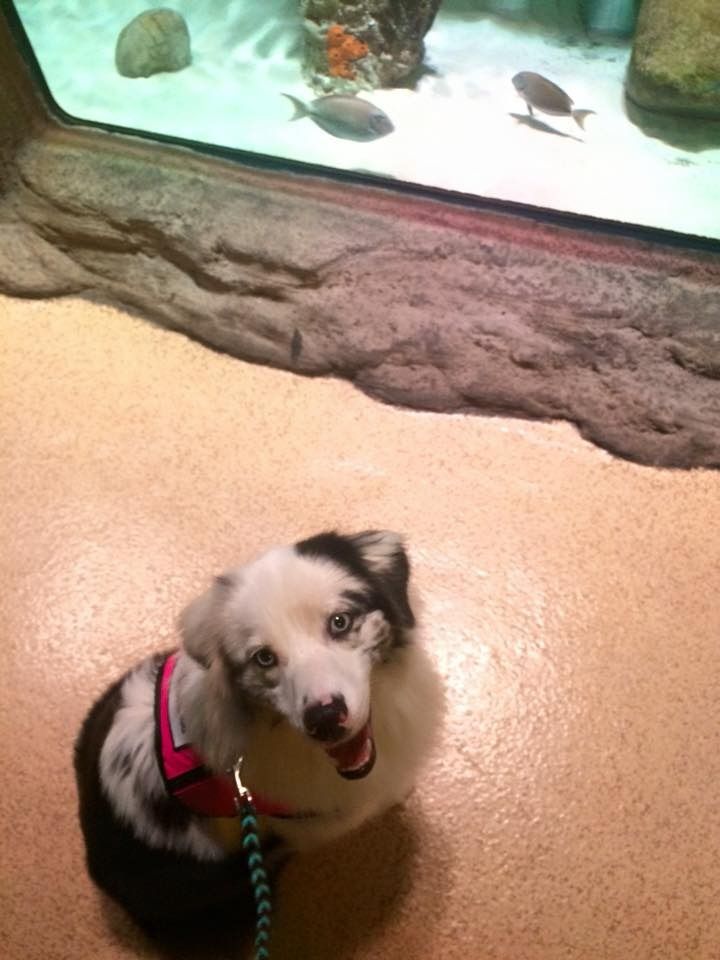You're with your service dog practically 24/7 for years on end, which means you both get used to each other's needs, signals, likes, and dislikes. Changing partners is a huge adjustment, and it's nearly impossible not to make comparisons between your previous and current dog (usually in the older dog's favor).
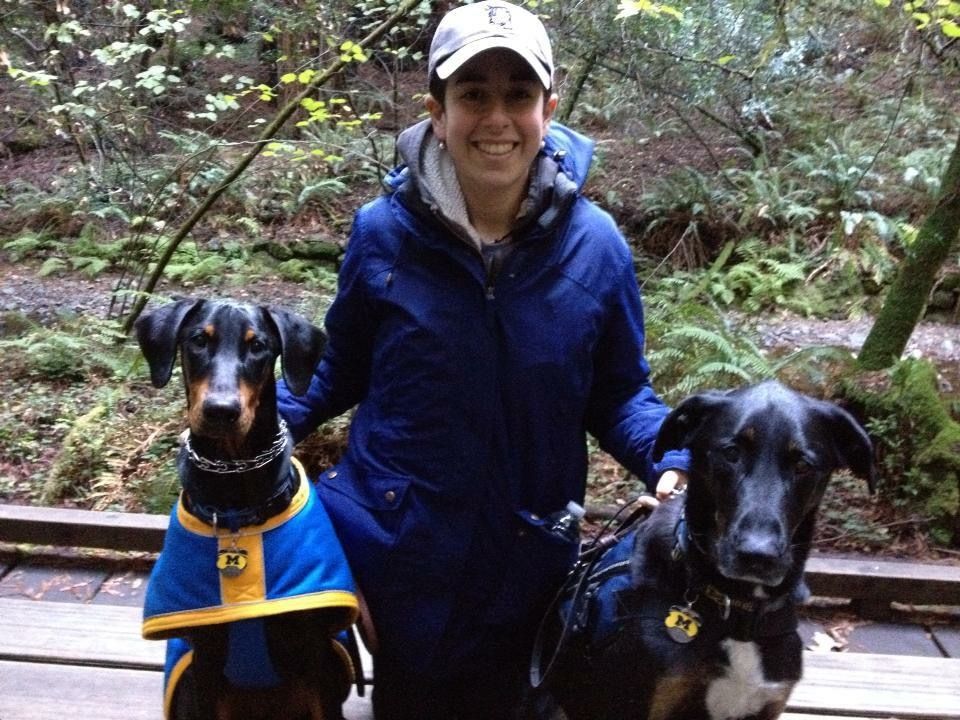 |
| At Muir Woods with baby Kaline (then still in training) and Juno (then still working mostly full-time). |
Juno started service dog training when she was an adult, nearing middle age. Even when she was a pet, when we first adopted her, her general M.O. was to follow me around until I sat down somewhere, then curl up at my feet until I was ready to go somewhere else. You can see how that was a really handy tendency when she started working.
 |
| Juno during her training period at the San Francisco zoo with her mentor, Jolanda (front), and SDIT pal, Hunter (left). |
Though she was something of a hot mess as an under-socialized adolescent, by adulthood, Juno had grown to be an unflappably calm, solid presence. The only thing I can think of that ever fazed her during her working career was a performer cracking a whip on stage during a Cirque du Soleil show in Las Vegas.
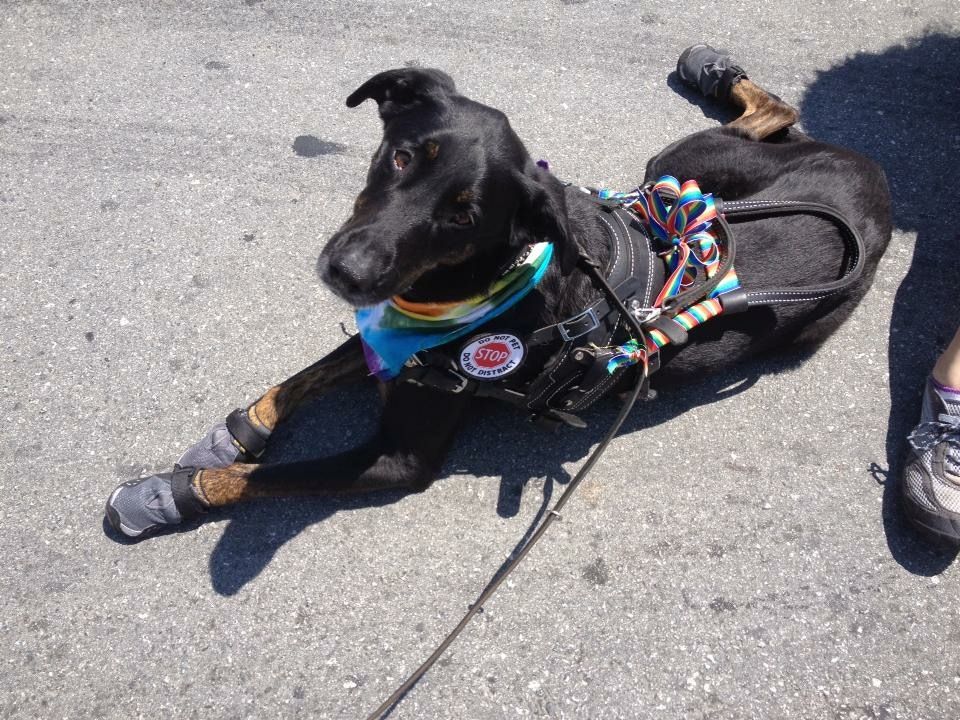 |
| Juno ignoring the festivities of Gay Pride in San Francisco to pose for a photo. |
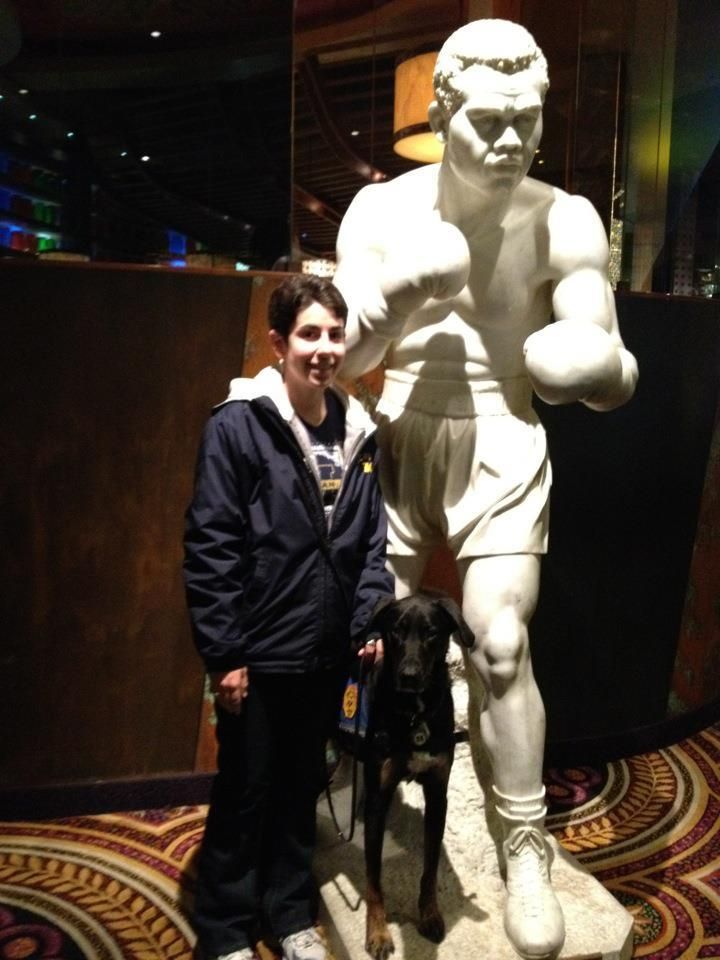 |
| With Juno in Las Vegas. |
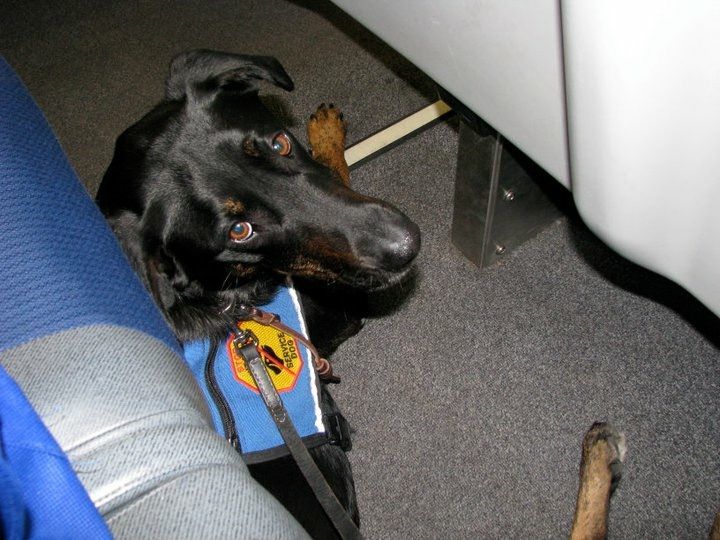 |
| "Everything fits me, and I fit anywhere." |
Kaline started training as a baby puppy. I like training dogs in general, but I especially love training puppies. They're a blast. But I'd never had my own puppy—Juno was adopted at 18 months, and my first dog, Angel, was about two when we got her. As a puppy, Kaline was a pretty quick learner, food-motivated like Juno, but it was exhausting being out and about with him. I thought I'd been pretty vigilant when working Juno—you're always on the lookout for possible distractions or threats to your service dog—but I didn't have to worry about her behavior. Not so with a puppy! Everything we encountered was a training opportunity: both a blessing and a curse. I quickly learned to wear a bait bag at all times so as not to miss one of these opportunities.
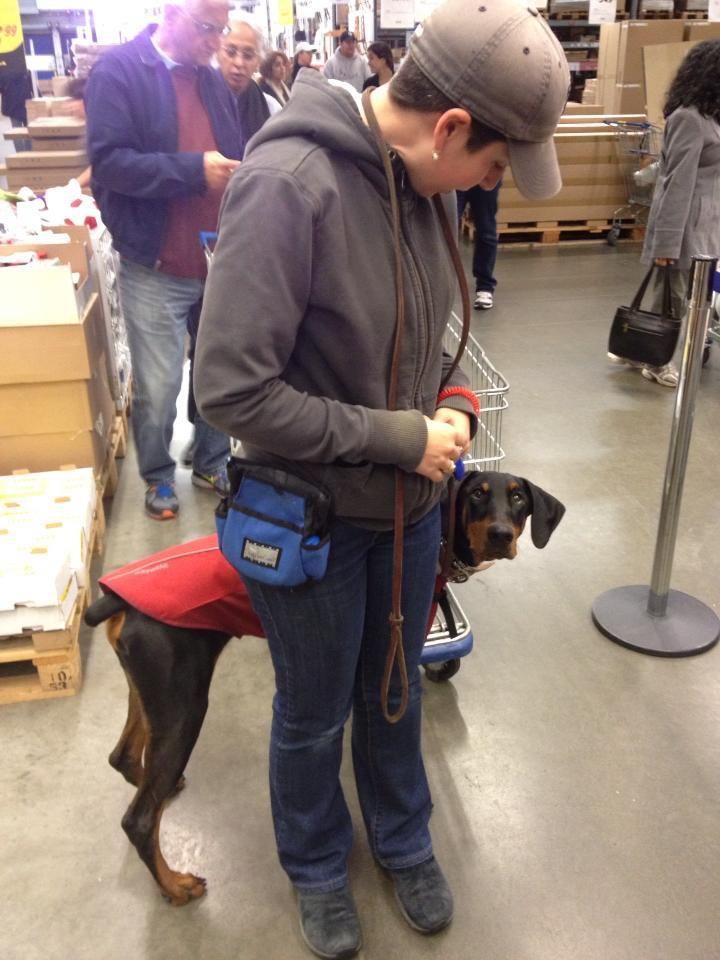 |
| SDIT Kaline works on blocking (also known as covering). |
Did I mention that nearly all of Kaline's gear beyond simple cape-vests has to be custom made? There's a reason he's lovingly known as the Princess Diva.
Where Juno is fairly aloof with strangers, Kaline is a social butterfly with both dogs and people. He just assumes that all new dogs and people are going to love him and be his new best friends. It was much harder for him to learn to ignore people trying to distract him, and it's something we are constantly working on. So many things that just came naturally to Juno, Kaline had to learn, sometimes laboriously over weeks. He had trouble learning to hold a long down-stay, so I began attending the "classic" movies religiously with him every Wednesday night. The ticket packages were cheap ($30 for six movies) and the movies sparsely attended—fewer people to notice if we had any trouble! I think we ended up getting three of those packages, and by the end his long down had improved markedly.
Teaching him to retrieve to hand seemed to take forever. What Juno picked up during one slow night at work, back when I had a job that wasn't dog-centric, Kaline took over a year to put together. Juno is very quick and doesn't need much amping up; once she realized there was a cookie in it for her if she picked things up and gave them to me, all I had to do was point, receive the object, and feed her. What Kaline needed was his Auntie Sonja, a soft zip-up pencil case full of high value treats, and for me to get SUPER EXCITED about everything to do with retrieving. Food just wasn't enough when it came to learning that. He needed me to be far more demonstrative than I'd ever been with Juno. Once Sonja helped me come to that realization, his retrieve improved swiftly and we're now to the point where I can use retrieving an object as Kaline's reward for doing something else.
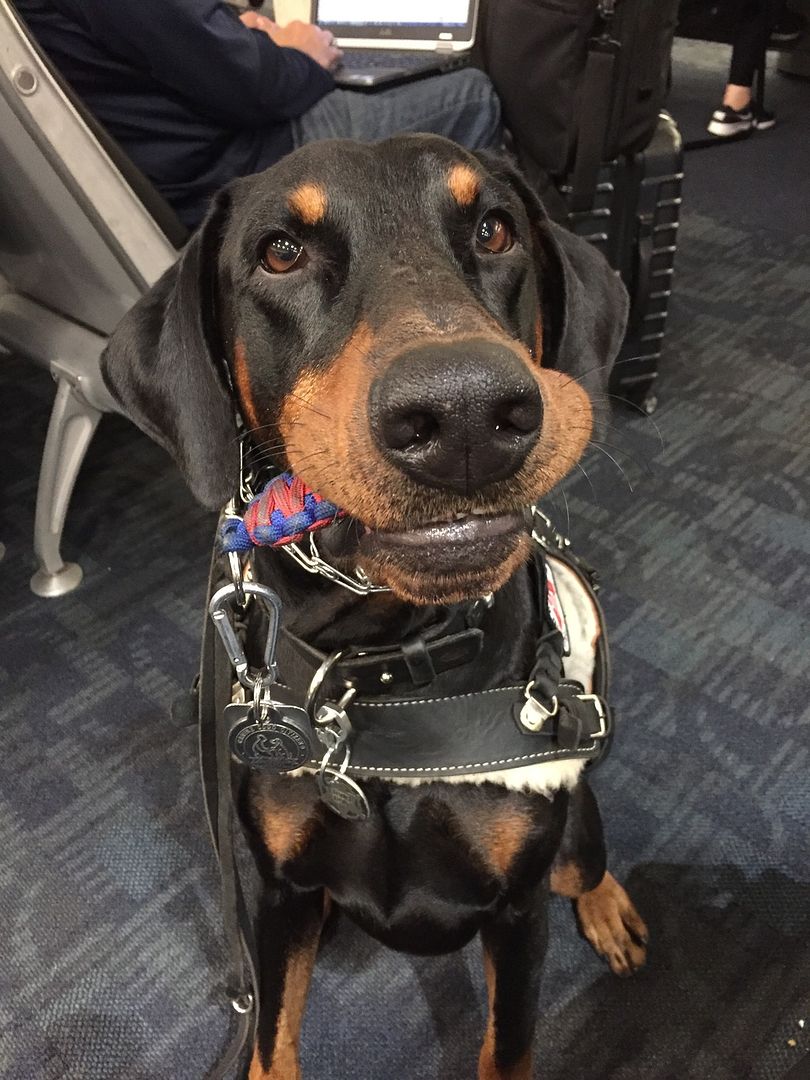 |
| During a long, boring airport wait, I can now entertain Kaline with retrieving games. |
Things that Juno does because I ask her, Kaline does because he absolutely loves to do it. Juno is not, in general, a cuddler. She would do deep pressure therapy for me, but she would get off whenever I told her and be very glad to be finished. Kaline will sometimes just do DPT, because he already knows I need it, and he will refuse to get off if he senses that I am still not calmed down enough. As an added bonus, he adores cuddling in bed and basically sleeps on me or pressed against me as tightly as possible. This might sound like annoying bed-hog behavior, but for me, it has improved my sleep tremendously.
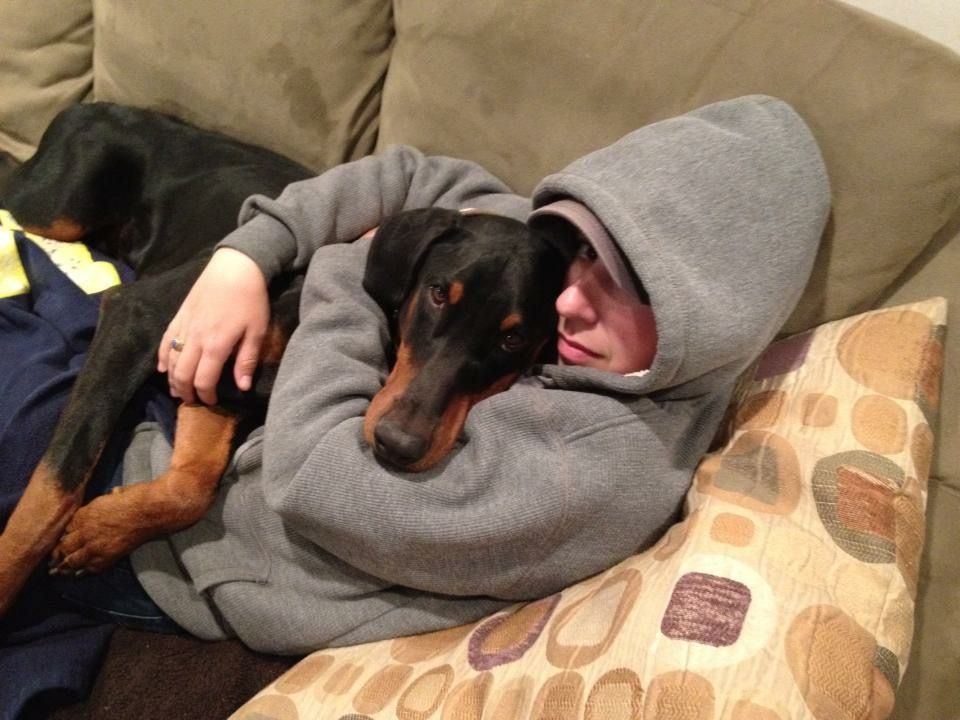 |
| Kaline delights in snuggling (off duty) and deep pressure therapy (on duty). |
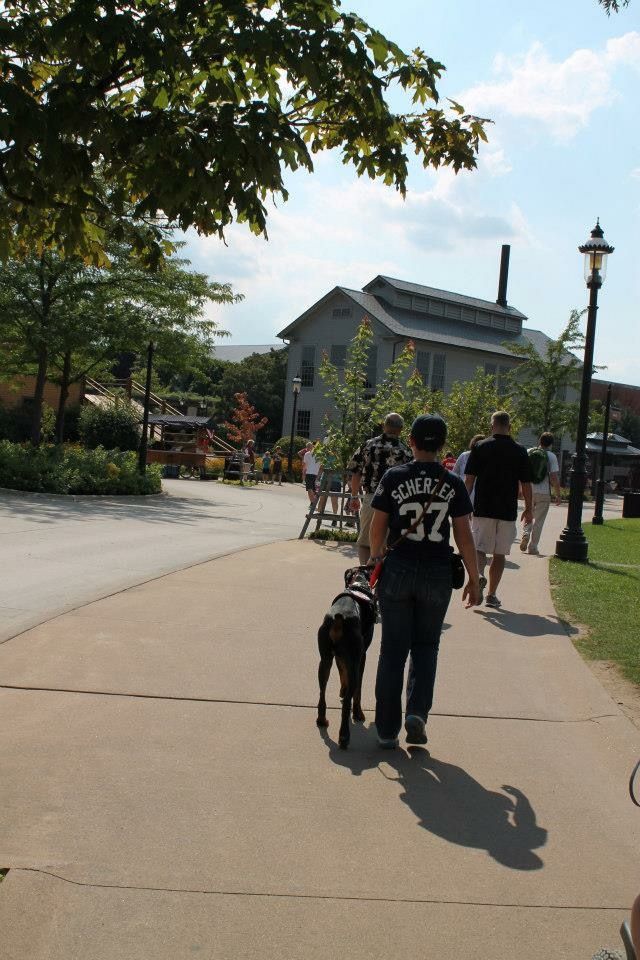 |
| Kaline in the early stages of his momentum-pull training. |
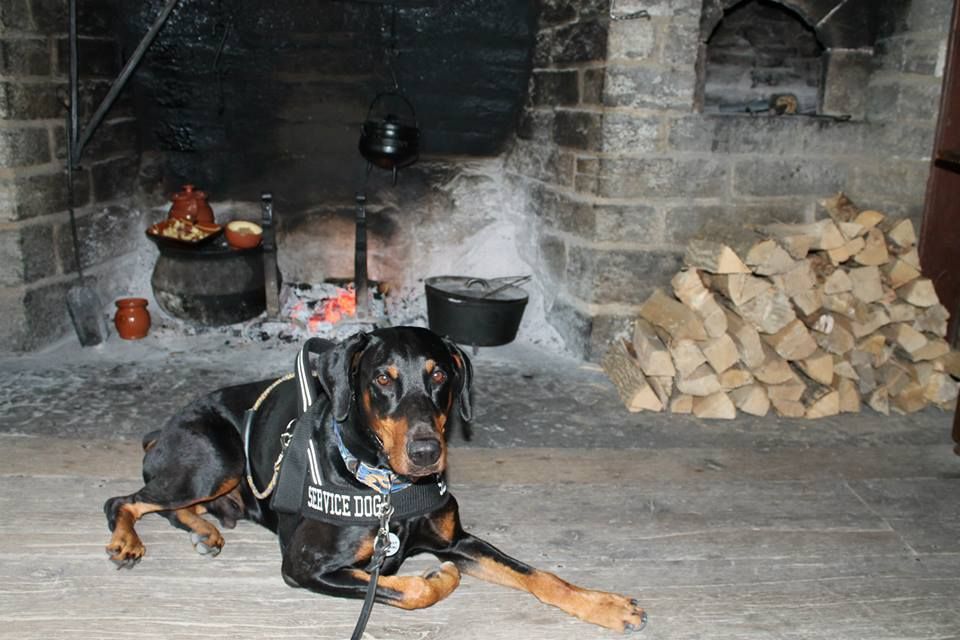 |
| Kaline as an adult in front of the fireplace that scared him as a SDIT. |
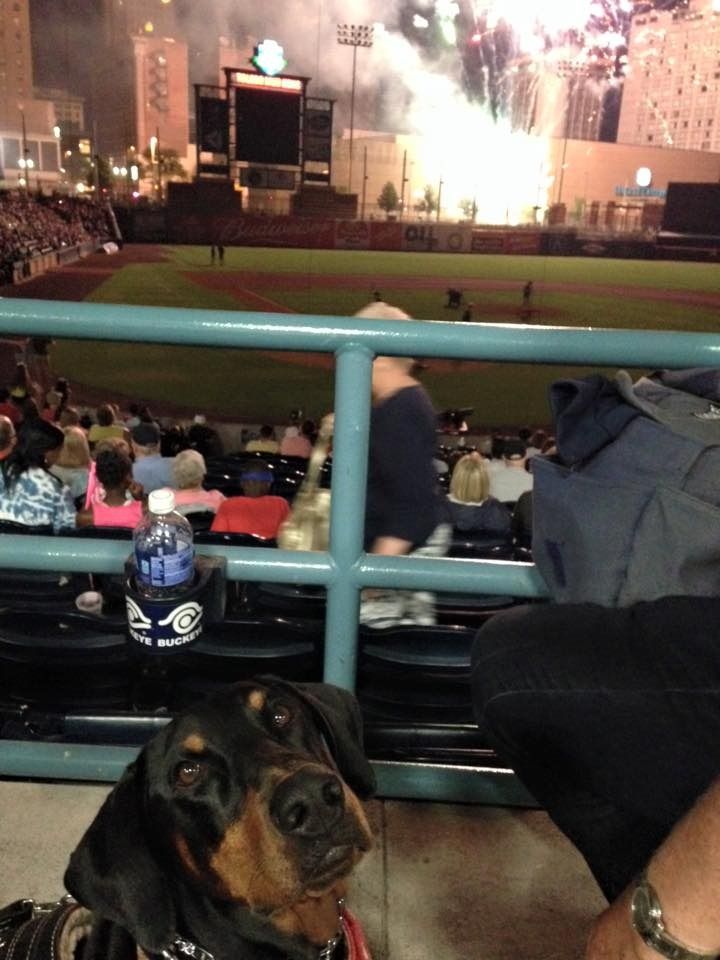 |
| Fireworks in Toledo—"Food now?" |
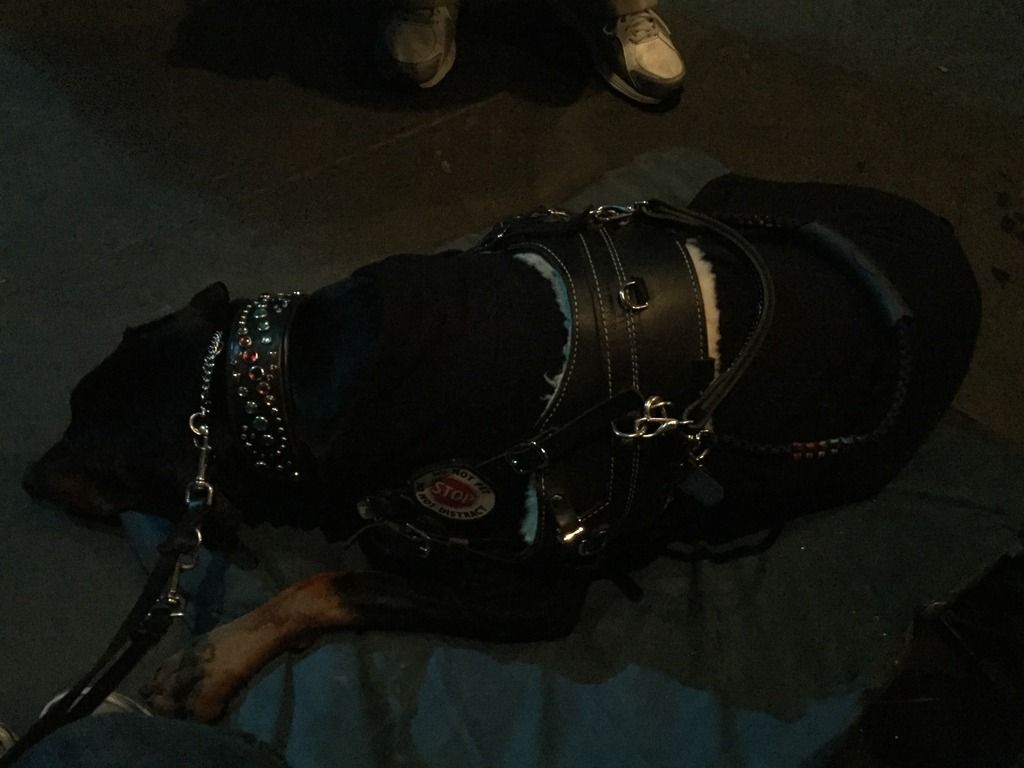 |
| At Odysseo. |
He now knows all my weird little signals, and I know his. For example, I taught him to shake off on cue because 1) I really don't like it when he does that inside restaurants and 2) even when he's out of gear, each shake off seems to last several minutes, like I just soaked him in water. Kaline knows he isn't supposed to shake in restaurants or when he's doing harness work, so he'll let me know if he needs a quick "shake break" by doing what looks like a head tremor. He'll just twitch his head a couple times, and then wait for me to take him to an appropriate place and give him his cue.
It takes a long time to reach the level of comfort and trust with your new dog that you had with your previous dog. And even though I've had that for a while now with Kaline, I still compare him to Juno (along with other friends' service dogs) far too often. Sometimes you forget that your previous partner had some things they struggled with, and some working quirks you found annoying. No dog is completely perfect, and even the ones you think can do no wrong have off days. It's important to appreciate everything that's wonderful about your current partner, and that's what I've set as a goal for 2016.
Because one day, I'm going to be training NextDog. (Hang out around service dog handlers enough, and you realize that we are constantly thinking about and tweaking plans for NextDog. It never stops.) And when that day comes, I know I'll be wishing I could just work with Kaline forever.
Colt
